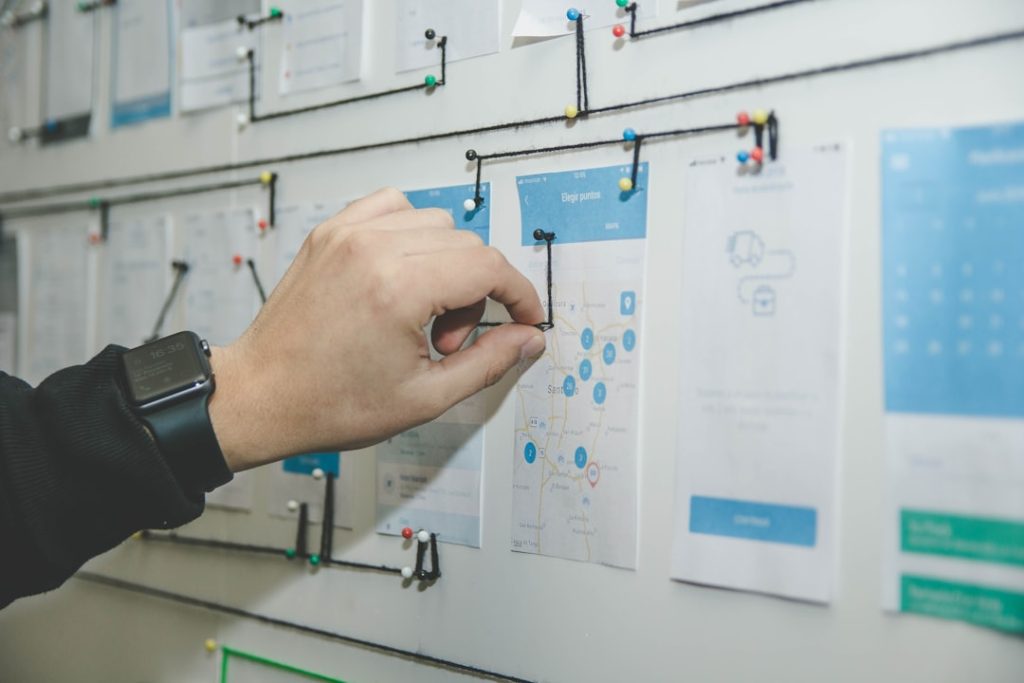In the ever-evolving landscape of product design and development, design thinking emerges as a powerful methodology that champions empathy to enhance the product design and development process. This human-centric approach is pivotal for teams aiming to innovate and create solutions that resonate with end-users, particularly in industries like medical devices, pharmaceuticals, cosmetics, and allied healthcare. By emphasizing empathy, design thinking encourages professionals to deeply understand user needs, thereby ensuring that the solutions developed are not only functional but also impactful. In this article, we will delve into the various stages of design thinking, highlighting its role in fostering collaboration across disciplines and its ability to drive market-relevant innovations.
Empathy in Product Design
Understanding User Needs
Incorporating empathy into the product design and development process begins with a profound understanding of user needs. This step is crucial for industries such as medical devices and pharmaceuticals, where the stakes are high, and the margin for error is minimal. To accurately capture user requirements, design thinking employs techniques such as user interviews, observations, and surveys. These methods provide insights into the users’ challenges, preferences, and experiences. By engaging with users directly, teams can gather qualitative data that highlights the emotional and practical aspects influencing product use. This understanding ensures that the end product is tailored to address specific pain points and deliver genuine value. The emphasis on user needs not only guides the design process but also fosters trust and satisfaction, leading to successful product adoption. Ultimately, empathetic design thinking bridges the gap between technical specifications and human experiences, driving meaningful innovation.
In addition to interviews, observations, and surveys, design thinking incorporates techniques such as journey mapping and persona creation. Journey mapping helps to illustrate the user’s experience with a product over time, pinpointing moments of friction and delight. By visualizing the entire user journey, designers can identify gaps and opportunities for improvement. Persona creation, on the other hand, involves crafting detailed and realistic profiles of hypothetical users. These personas represent different segments of the target audience, helping the design team empathize with various user types and understand their unique needs and motivations. Both journey mapping and persona creation are vital tools that deepen the team’s empathy, ensuring that the final product resonates with a diverse user base.
Furthermore, an essential component of understanding user needs is the concept of co-creation. By involving users in the design process as co-creators, teams can gain direct feedback and insights that are often missed in traditional research methods. Co-creation workshops and participatory design sessions allow users to contribute ideas and solutions, fostering a sense of ownership and engagement with the product. This collaborative approach not only enriches the design process but also enhances the overall user experience, as the end product is shaped by those who will ultimately use it.

Encouraging Cross-Disciplinary Collaboration
Empathy-driven design thinking thrives on cross-disciplinary collaboration, uniting diverse expertise to enhance the product design and development process. In fields like cosmetics and allied healthcare, the integration of varied perspectives is vital to crafting solutions that are both innovative and practical. By fostering an environment where engineers, designers, marketers, and other stakeholders work together, design thinking encourages the exchange of ideas and the blending of different skill sets. This collaborative approach ensures that all aspects of the product, from functionality to user experience, are meticulously considered. It also helps in identifying and addressing potential challenges early in the development process. Through collaborative efforts, teams can create more comprehensive prototypes and conduct thorough testing, leading to refined and effective products. Ultimately, this synergy not only accelerates innovation but also enhances the alignment of the final product with market needs and consumer expectations, driving successful outcomes.
Beyond the immediate team, cross-disciplinary collaboration extends to external stakeholders, including suppliers, partners, and even competitors. Engaging with external stakeholders broadens the scope of insights and expertise, enabling the development of more robust and comprehensive solutions. For instance, in the cosmetics industry, collaboration with ingredient suppliers can lead to the discovery of new and innovative raw materials that enhance product performance and sustainability. Similarly, partnerships with academic institutions and research organizations can bring cutting-edge scientific knowledge and technological advancements into the design process. By leveraging external networks and fostering an ecosystem of collaboration, companies can stay ahead of industry trends and drive continuous innovation.
Furthermore, promoting a culture of collaboration within the organization is crucial for sustaining design thinking practices. This involves creating an open and inclusive environment where team members feel valued and empowered to share their ideas. Regular workshops, brainstorming sessions, and collaborative tools such as digital whiteboards and project management platforms facilitate communication and idea exchange. Leadership plays a pivotal role in nurturing this culture by championing collaboration, recognizing team achievements, and providing the necessary resources for effective teamwork. When cross-disciplinary collaboration becomes ingrained in the organizational culture, it leads to sustained innovation and long-term success.
In conclusion, empathy and cross-disciplinary collaboration are cornerstones of design thinking, driving innovation and enhancing the product design and development process. By deeply understanding user needs and fostering a collaborative environment, teams can create solutions that truly resonate with end-users and meet market demands. In industries with high stakes and complex challenges, such as medical devices, pharmaceuticals, cosmetics, and allied healthcare, these approaches are particularly impactful, leading to the development of products that are not only functional but also meaningful and transformative. Embracing empathy and collaboration through design thinking is not just a methodology; it is a mindset that can propel organizations toward greater success and profound impact in their respective fields.

